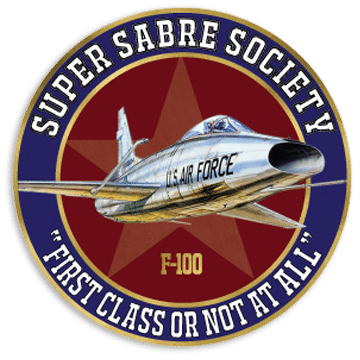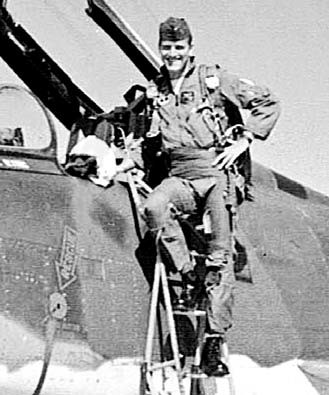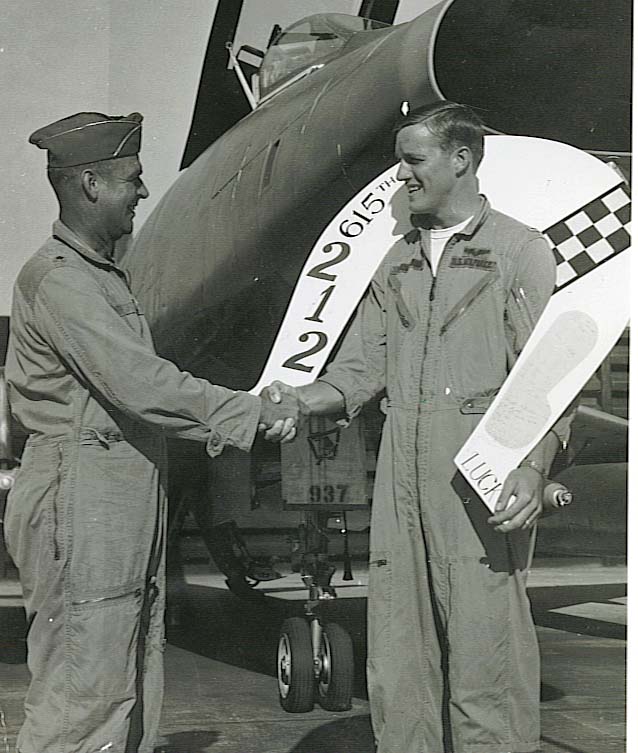Rich Buickerood on flying the F-100
“Well, it was a great airplane to cut your teeth on. It was single seat, single engine. It certainly had its share of aerodynamic problems. I think I was flying the C model which was just a big old beast. It was so heavy, and by the time we got to fly it with all the tanks and bomb racks and everything hanging from it, it wouldn’t go supersonic anymore. It just, but you felt safe in it. A lot of guys took a lot of hits and brought the airplanes back.
The challenge early on was it was getting so old that we had a couple of guys that actually had their wings snap. You’d make your dive bomb pass and you’d pull out of that and a portion of the wing would snap off. So we were shuttling the airplanes over to Formosa, or Taiwan to have the wings reinforced, and I got to take one of those trips after I’d been in country a few months and that was kind of fun. But it was a great airplane.
Again, you look in retrospect, because I went, I ultimately flew the F-4 and then the F-16, and I used to kid with my students down at UT that in the F-100, we used to hit the bomb button and hope that the bomb fell off the airplane and hope that it actually hit the ground and hope that it actually exploded somewhere near what we were aiming at, and then the technology advances to the F-4 were significant and then technology advances to the F-16 were just phenomenal. But at the time, you just tried to be as good as you could be and do the job in support of the Army because those guys were down there with VC coming over the wire and we were there to provide close air support for them.”(1)
Source (1): Voices of Veterans for the Texas General Land Office, interviewer: James Crabtree.




